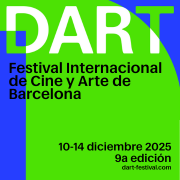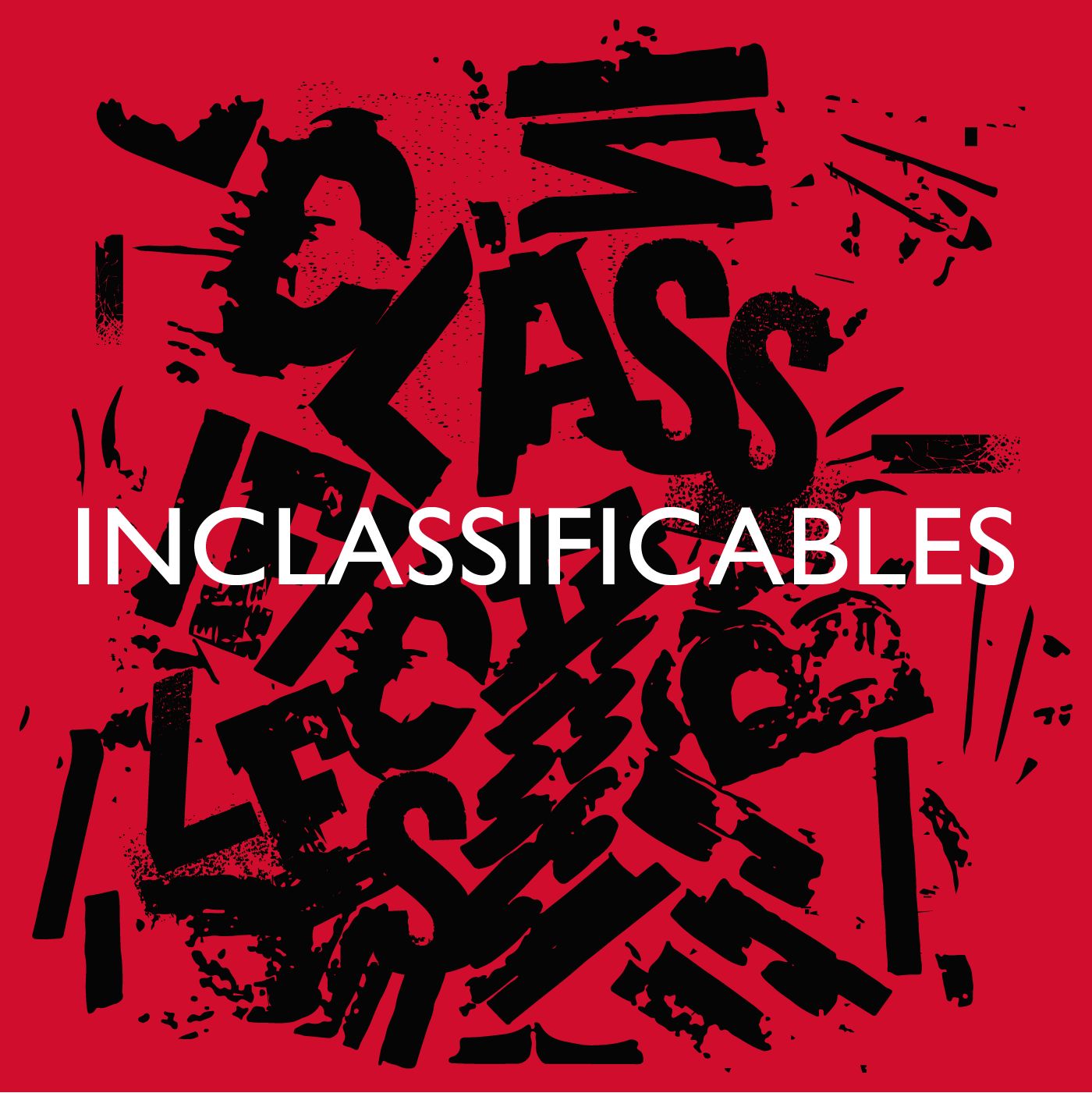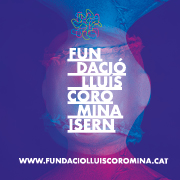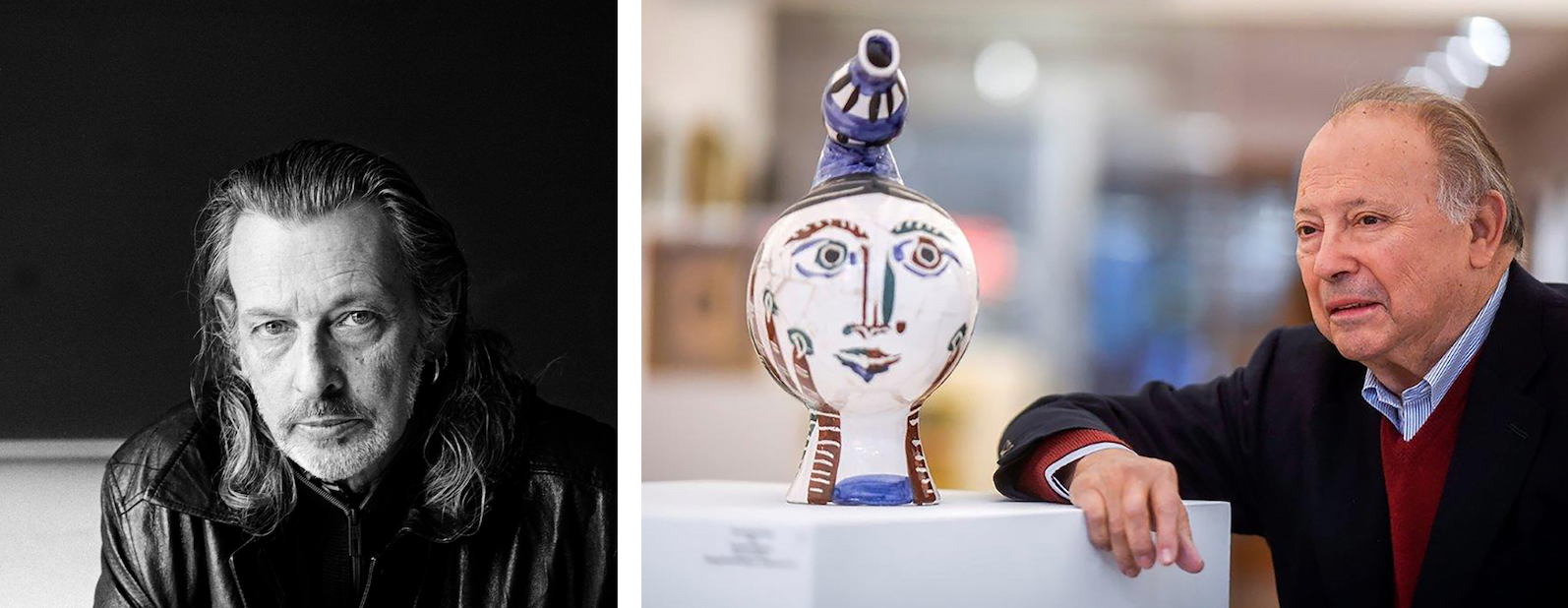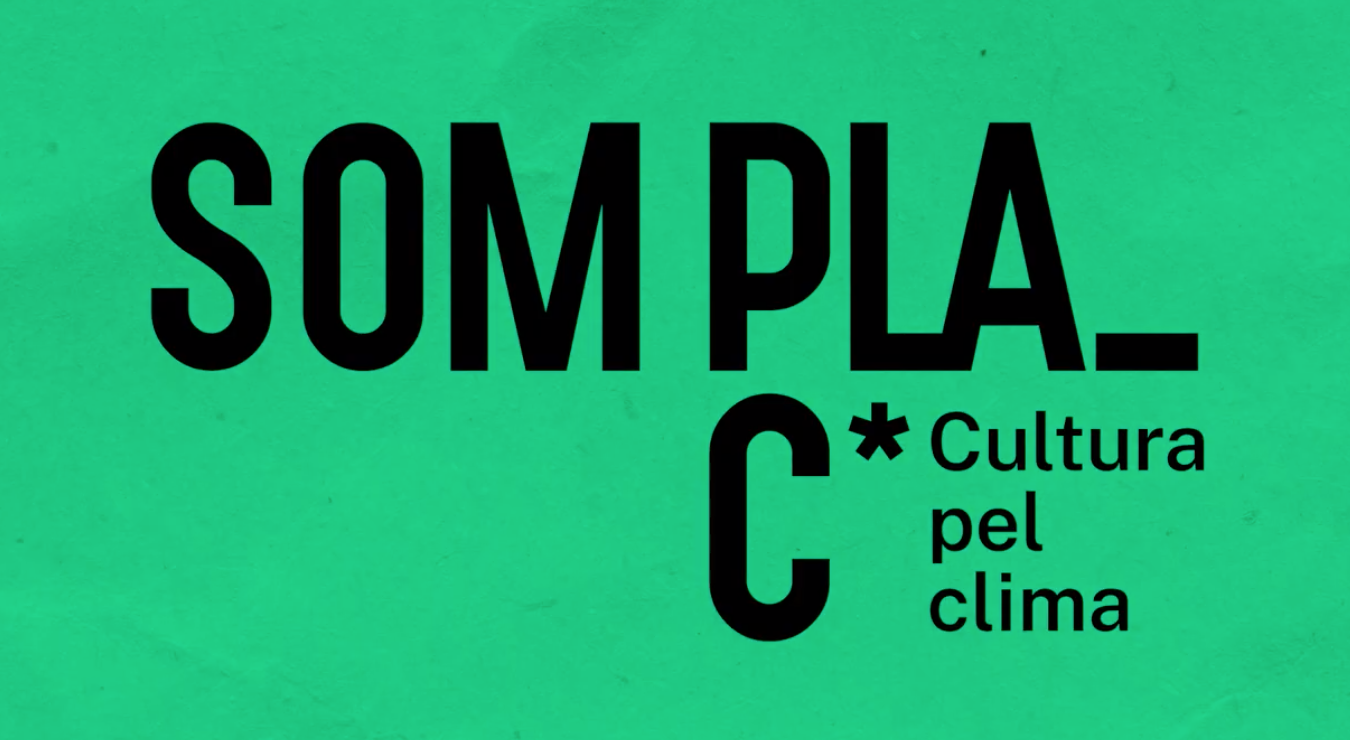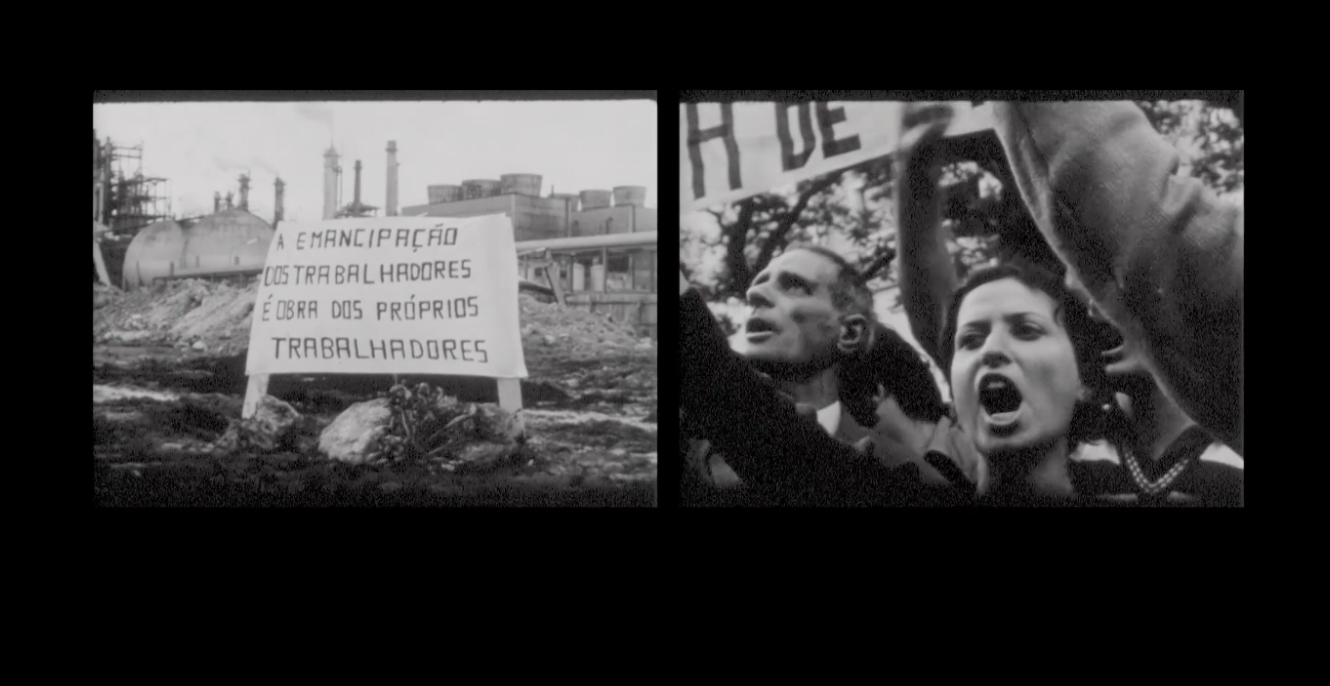Exhibitions
"Graphic turn. Like ivy on the wall" covers graphic initiatives in Latin America
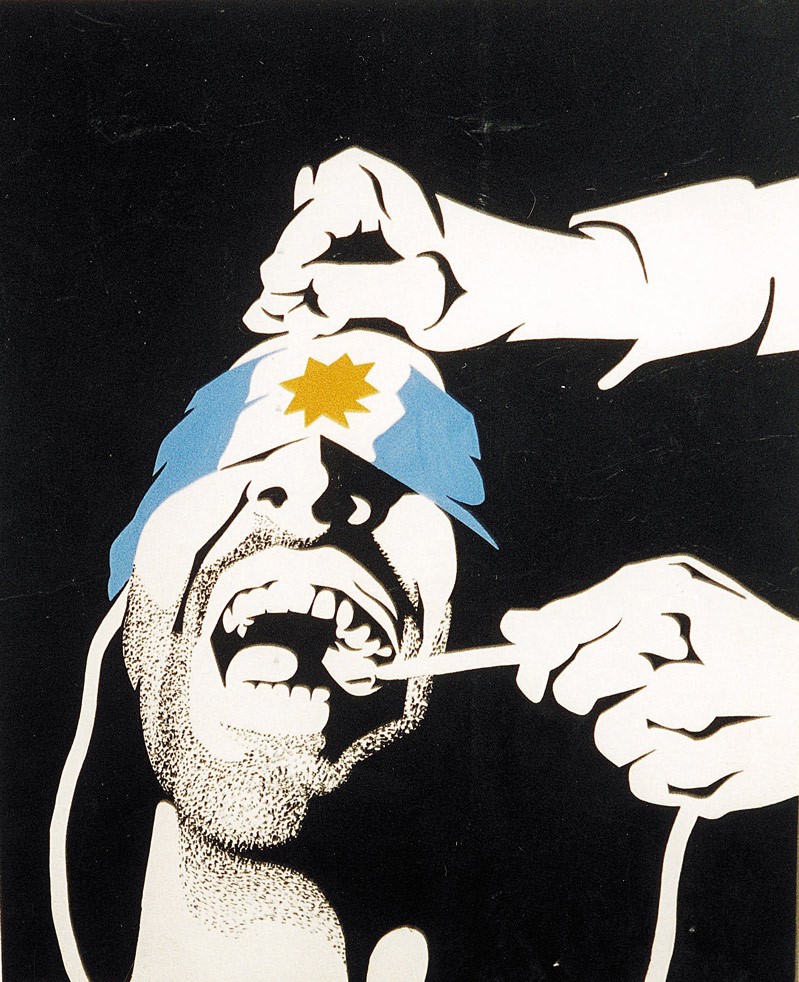
Graphic twist. Like the ivy wall, an exhibition that can be visited at the Reina Sofia Museum from May 18 to October 13, brings together the graphic initiatives carried out in Latin America and the United States from 1960 to the present. The exhibition, the result of a long process of collective research carried out by the Southern Conceptualism Network in collaboration with the Reina Sofía Museum, proposes a tour of the graphic initiatives that have confronted contexts of political urgency. oppressive in Latin America, articulating strategies of transformation and resistance that radically changed the ways of doing things, their way of establishing intersubjective ties, building communities and even the circulation of graphic media.
In order to investigate how these collective procedures made the different social demands visible, the exhibition brings together a wide selection of these materials and slogans of rapid and effective circulation outside the field of art, from various sources and latitudes, which have in common both the precariousness of the components and the media, as well as their graphic and distribution potential that activates them as revolutionary revulsives. In this sense, movements for indigenous rights, struggles for the memory of the victims of dictatorships in Chile, Argentina, Peru or Uruguay, queer activism or feminism, intersect and rise as producers of posters and banners, T-shirts, interventions in the urban space, performances or street actions, which make up a complex set of experiences crossed by bonds of solidarity, affinity and influence between the various countries treated. Thus, the show understands the notion of graphics in an expanded sense and the idea of turning as a revolt, a challenge to power and a reversal of what has been given. Conversational, consultative and deliberative spaces address the links between art and politics promoted by groups —such as AIDA, Alvorada, Cromoactivismo, Fugitivas del Desierto, Iconoclasistas, La Voz de la Mujer, among others— and artists, sometimes recognized as Julio Le Parc or Luis Felipe Noé, and other times anonymous, an inexorable sample of the popular demonstration.


